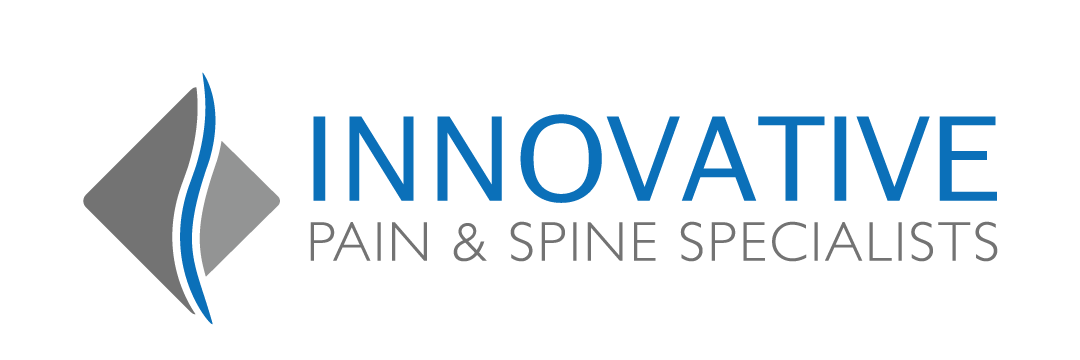Are Platelet-Rich Plasma Injections an Option for You?
When it comes to healing after an injury or surgery, your body has a natural ability to repair itself. When effective healing doesn’t occur, you may end up with chronic pain. One type of regenerative medicine treatment that is cutting-edge and has shown to help in the recovery process is Platelet-rich Plasma, also referred to as PRP. Innovative Pain & Spine Specialists in Lincoln and Omaha, Nebraska are experienced in treating a variety of pain conditions using PRP injections.
What is PRP?
Platelet-rich plasma is blood that has a higher concentration of platelets than normal, and it contains proteins called growth factors that are necessary in the healing process. Using your own platelets can help speed up healing, reduce inflammation, and decrease pain.
To develop the PRP mixture, a small amount of blood is drawn from the patient and placed in a centrifuge where it is spun at high speeds and separates the blood components into three layers – red blood cells, white blood cells and platelets, and plasma that contains a high concentration of platelets. This is the part of the blood that contains properties that facilitate the healing and repair of injuries. PRP is generally safe because it uses a person’s own blood.
Innovative Pain & Spine physicians are experienced in performing PRP injections. The use of imaging technology, such as x-ray, may be used to ensure a safe and precise placement of the injection into the area of pain.
What Conditions are Treated with PRP Injections?
From sports injuries to surgical wounds, here are some conditions that Innovative Pain & Spine physicians treat with PRP injections.
Acute Ligament and Muscle Injuries. PRP is used to treat common sports injuries like pulled hamstring muscles in the thigh and knee sprains incurred by athletes.
Knee Osteoarthritis. Half of all Americans are affected by knee osteoarthritis pain that can affect daily activities. PRP can be effective when:
- Physical therapy doesn’t help
- Ibuprofen or NSAIDs do not provide adequate pain relief
- Joint aspirations are not appropriate or do not provide adequate pain relief
- Steroid injections have not worked, or the patient wants to avoid steroid injections
Chronic Tendon Injuries. PRP is very effective when treating chronic tendon injuries, like tennis elbow and chronic achilles tendonitis or inflammation of the patellar tendon at the knee.
Pain relief is gradual as the injured tissue heals and can take 8-12 weeks for you to notice full effect from PRP injections.
Platelet-rich plasma is also used to improve healing following surgery for some injuries, like a torn tendon. This procedure is done during surgery and through a special preparation the PRP is stitched into torn tissues.
What are the Benefits of PRP?
Studies show that by increasing the concentration of growth factors in PRP helps to speed up the healing process and improves pain relief. Other reasons include:
- The recovery time is shorter than if you have surgery
- It’s an outpatient procedure and doesn’t require anesthesia
- You can avoid or postpone surgery
- It’s a more natural way of healing
Trust Our Experienced Team of Providers
When considering a provider who specializes in interventional pain medicine, training and experience are very important. At Innovative Pain & Spine, our team of physicians – Thomas Brooks, MD, Phillip Essay, MD, and Kelly Zach, MD – are board certified in pain management and have years of experience in treating individuals who suffer from various chronic pain conditions. You also want someone you feel comfortable with and can trust with your care.
If you suffer with tendon, muscle, or joint pain and have not found relief from other treatments, our physicians at Innovative Pain & Spine Specialists in Lincoln and Omaha, Nebraska are ready to help you improve your quality of life. Find out if PRP is the right option for you. Call us today to schedule an appointment.
